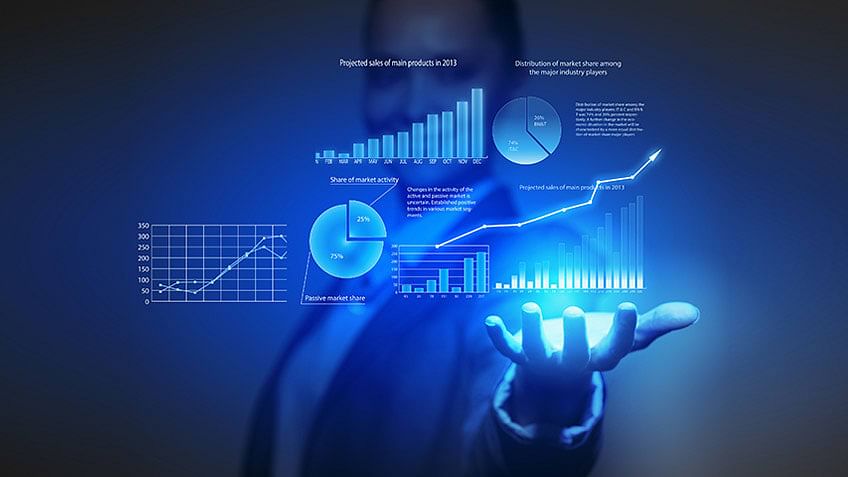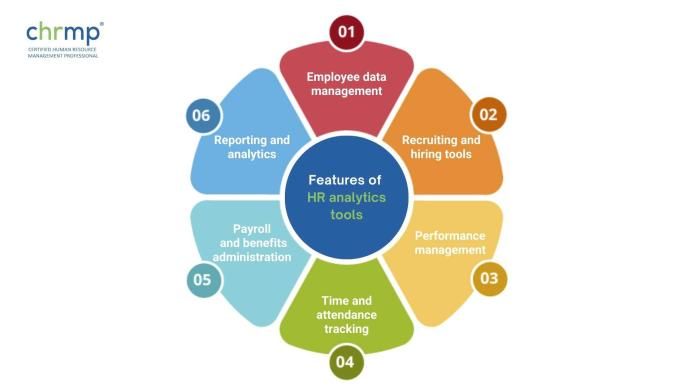Check Out Cutting-Edge Analytics for Wiser Decision-Making
In a period where information is plentiful, the capability to harness innovative analytics is vital for organizations looking for to enhance decision-making processes. As businesses make every effort to cultivate a data-driven culture, the implementation of real-time data visualization tools arises as a critical component in transforming complex information right into understandable understandings.
The Relevance of Data-Driven Decisions
In today's hectic service environment, 90% of executives think that data-driven decision-making is essential for keeping an one-upmanship. As organizations progressively face rapid adjustments and complex difficulties, the capacity to leverage data efficiently has actually ended up being paramount. Data-driven choices allow organizations to relocate past intuition and assumptions, depending instead on empirical evidence to inform strategies and actions.
The importance of data-driven choices encompasses different aspects of business, consisting of operational efficiency, consumer contentment, and market positioning. Organizations that make use of data analytics can recognize trends, enhance resource allotment, and enhance client engagement by tailoring services and products to meet certain requirements. Moreover, data-driven strategies promote threat management by permitting firms to anticipate possible challenges and respond proactively.
Including information right into decision-making processes fosters a society of accountability and openness, as stakeholders are more probable to depend on choices backed by solid proof. Consequently, companies that focus on data-driven decision-making are much better equipped to adjust to market fluctuations and profit from emerging chances, inevitably driving sustainable growth and success in a progressively competitive landscape. Analytics. Stressing the importance of information in strategic preparation will unquestionably generate long-lasting advantages for any type of company
Secret Strategies in Advanced Analytics

One more necessary technique is artificial intelligence, which makes it possible for systems to gain from data and improve their efficiency with time. This repetitive procedure help in acknowledging abnormalities and forecasting future fads based on historical data. Furthermore, natural language processing (NLP) enables the evaluation of disorganized information, such as social media sites communications and client feedback, giving deeper insights into customer view and choices.
Visualization strategies likewise play an essential duty in sophisticated analytics. By transforming complicated information right into intuitive aesthetic layouts, companies can promote much better understanding and quicker decision-making among stakeholders. Optimization methods assist companies make the most effective use of their resources by locating the finest feasible options under provided restrictions.
Together, these vital techniques create a durable structure for sophisticated analytics, making it possible for organizations to navigate the intricacies of contemporary information landscapes successfully.
Predictive Analytics and Its Effect
Anticipating analytics functions as a substantial expansion of the essential strategies described in sophisticated analytics, leveraging historic information to anticipate future results. By using analytical formulas and artificial intelligence methodologies, organizations can determine patterns and patterns within their information sets, enabling them to make enlightened choices that improve operational performance and drive calculated efforts.
The impact of predictive analytics is extensive throughout various industries, consisting of healthcare, advertising and marketing, and finance. In the monetary domain name, establishments make use of predictive designs to examine credit history risk, maximize investment profiles, and detect fraudulent tasks. In medical care, predictive analytics aids in client outcome forecasting, source allowance, and tailored therapy plans, ultimately boosting patient treatment.
Additionally, companies utilize predictive understandings to improve marketing methods, targeting clients better and increasing conversion rates. By expecting client behavior, companies can customize their offerings, therefore promoting loyalty and enhancing client experience.
As organizations remain to harness the power of predictive analytics, they obtain a competitive side by not just responding to market changes but likewise proactively shaping their techniques based upon anticipated trends. This forward-looking strategy inevitably transforms information into a strategic property, driving sustainable growth and development.
Real-Time Information Visualization Devices
Countless companies are increasingly transforming to real-time data visualization tools to improve their decision-making processes. These tools allow stakeholders to interpret intricate datasets swiftly and properly, facilitating prompt reactions to emerging difficulties and trends. By presenting data in user-friendly styles such as control panels, graphs, and interactive graphes, companies can transform raw information right into workable understandings.
Real-time data visualization devices permit the continual monitoring of key performance signs (KPIs), making sure that decision-makers are always educated about the present state of procedures. This immediacy helps companies determine abnormalities, anticipate potential concerns, and take possibilities as they develop. Furthermore, using these tools fosters cooperation throughout departments, as shared visualizations advertise a combined understanding of information amongst staff member.
As organizations progressively count on data-driven strategies, the adoption of real-time visualization devices becomes necessary. With innovations in modern technology, these tools have become much more easy to use and accessible, allowing non-technical customers to utilize information successfully. Subsequently, real-time information visualization not just improves operational performance but additionally equips companies to make informed decisions that drive development and advancement.
Applying Analytics for Development

Organizations must buy the right tools and modern technologies that assist in information collection, storage, and evaluation. This includes cloud-based platforms that provide scalability and adaptability, allowing groups to accessibility real-time data effortlessly (Analytics). Moreover, cultivating a data-driven society is vital; workers whatsoever levels must be trained to analyze and make use of analytics efficiently.

Verdict
By leveraging strategies such as device understanding blog here and data mining, companies can discover important insights and forecast arising patterns. Real-time information visualization enhances the interpretability of complex datasets, advertising cross-departmental collaboration.
In an era where information is abundant, the capacity to harness innovative analytics is critical for organizations seeking to boost decision-making processes. Organizations that make use of information analytics can identify patterns, enhance source appropriation, and boost consumer basics engagement by tailoring solutions and products to satisfy details requirements.Advanced analytics incorporates a selection of vital techniques that empower companies to extract significant understandings from complex information collections. Amongst these methods, data mining stands out as an effective tool for revealing patterns and connections within huge volumes of information. By providing data in intuitive layouts such as dashboards, graphs, and interactive charts, companies can change raw information into actionable understandings.
Comments on “Drive Development and Advancement Via Smart Analytics Applications”